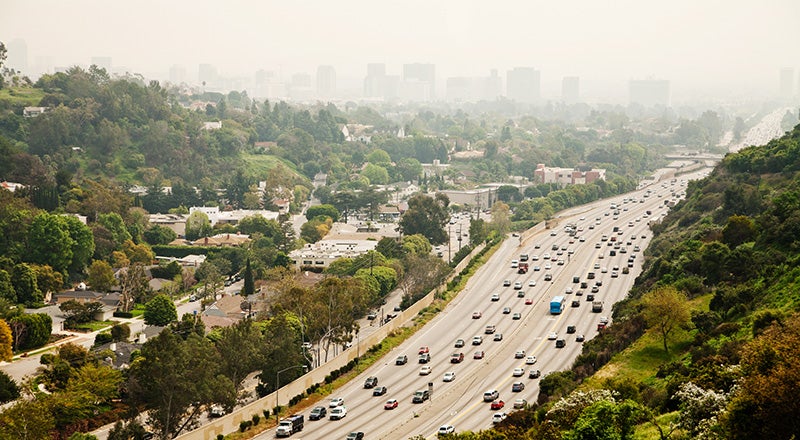Where We Go from Here on States’ Zero-Emissions Cars and Trucks Progress
Republican Senators won a temporary delay in our shift to zero-emissions using an unlawful maneuver, but states should be emboldened to quickly shape new tools to clean their air
My first boss after law school was an incredible lawyer: she won a wave of critical cases and was a stalwart clean air litigator in California. But I think I learned more about how to approach this work from how she dealt with loss than how she won cases. Immediately upon a loss, she was always thinking about how to leverage a loss into a win. We can’t sugarcoat the loss today, when Senate Republicans abused the Congressional Review Act to overturn the Environmental Protection Agency’s (EPA) issuance of waivers for California’s truck and car standards. But we need to dig in to leverage it.
Let’s start with who won from this move. The oil industry won. But, it is a pyrrhic victory for this luddite industry. The oil industry is trying to hang anchors on our auto industry in the United States. The point they’ve missed is the transition to zero-emissions vehicles is already happening. The ground has shifted under their feet, and the world is moving forward to modern, electric technology.
The actions by the Senate today will make us less healthy physically and economically — Republican leaders just slashed protections slated to deliver billions in prevented health costs for the American public and save thousands of people from an early death. And economically, we just gave a win to the oil industry at the expense of our competitiveness in global vehicle markets. Our companies in the United States will suffer as China, European and South Korean companies lap us in modern vehicle technology.
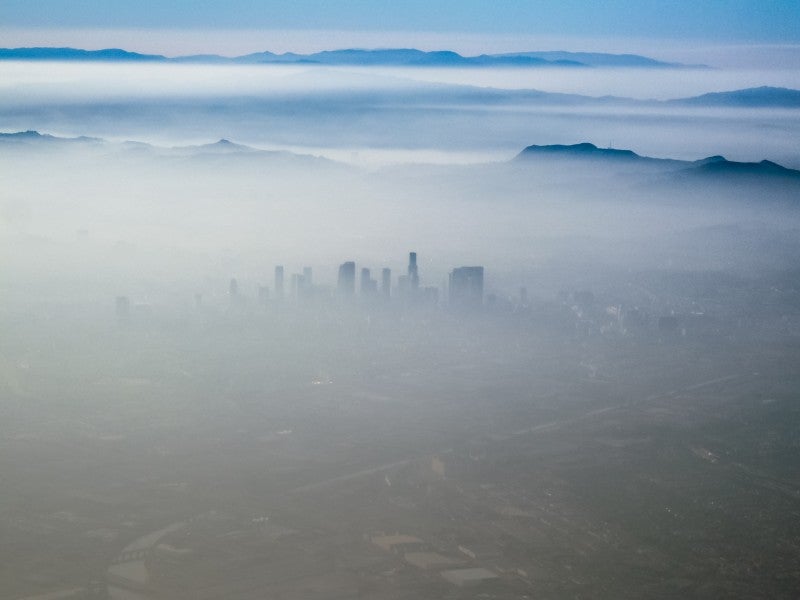
An aerial view of LA, the smog capitol of America (Robert S. Donovan / CC BY-NC 2.0)
We should feel frustrated and sad that the Senate, like the House of Representative, broke norms and violated the law to cut down commonsense efforts to clean up deadly pollution from trucks and cars. But we should also recognize that this unlawful maneuver will not stand the test of time. It is up to all of us to keep fighting for the better future that is possible. Leaders need to recognize Congress’s actions today are a speed bump we need to get over, and then put our foot right back on the accelerator (notice I did not say “gas”). Here’s a game plan for state leaders, our elected officials, and everyone fighting for clean air:
California should not and cannot back down.
First, we’ll see a weighty legal challenge from California roll forward when Attorney General Bonta sues as soon as Trump signs the resolution from Congress. But beyond that fight, California still retains its authority under the Clean Air Act to adopt life-saving regulations to clean up vehicles. Republicans leaders in D.C. thought they could send a chilling effect to states trying to clean up their air: it’s time to instead double our efforts.
California still retains authority under the Clean Air Act to adopt life-saving regulations to clean up vehicles. The California Air Resources Board should start working immediately on a raft of regulations to clean up cars and trucks. This work is necessary both to be ready for opportunities for federal action in the future and to send a clear signal to the auto industry that electrification is still the future and a safe bet for investment.
The California Air Resources needs to roll forward with the Advanced Clean Cars III rule and a new rule to clean up trucks, the dirtiest vehicles on our roads. Governor Newsom should put his shoulder behind these efforts to save thousands of lives and deliver billions in health benefits to Californians — Newsom is possibly in the strongest position to fight back with the tools in California’s toolbox.

California Gov. Gavin Newsom speaks to the media after he toured the North Complex Fire zone (Paul Kitagaki Jr. / The Sacramento Bee via AP)
To help build momentum across the country, the over a dozen Section 177 states that have opted into more protective state tailpipe standards should prepare sooner rather than later to adopt these new car and truck rules, and consider crafting a new memorandum of understanding across states akin to this 2020 agreement.
Legislators in D.C. who care about clean air should immediately begin work to ensure that the upcoming transportation bill includes significant funding to help fill the void created by this boneheaded move.
Programs like the Clean Ports Program from the Inflation Reduction Act and the National Electric Vehicle Infrastructure program should be in future laws. We can continue to make progress building for a zero-emission future through investments in fleets, freight facilities, and other supporting infrastructure.
States cannot back down. They need to leap forward.
Tools exist to clean up pollution. States should immediately begin work on a range of policies to fill any gaps. These include pursuit of Indirect Source Rules, which give us a new approach to cleaning up pollution magnets like ports and mega-warehouses, and Dirty Cargo Fees to raise funds for zero-emission equipment.
The good news is that state legislators in California, New York, and New Jersey have already introduced legislation to advance Indirect Source Rules in their states. See the Pollution Hotspots Solution Act (AB 914) in California and the Clean Deliveries Act in New York.
This work in the states also means directing utilities to support the charging infrastructure for this critical transition, and making strategic infrastructure investments with state budgets. Again, these efforts will ensure we continue to make progress and send clear signals to the manufacturing market.
There will be a lot of second guessing and questioning strategy in the coming weeks. We need to do this to hone our efforts to clean the air. But I’d also encourage all of us who are pissed off that our leaders betrayed us to harness this moment now. For decades we have found that work in coalition can achieve significant progress in advancing zero-emissions cars and trucks. A lot of this work will happen at the local and state level.
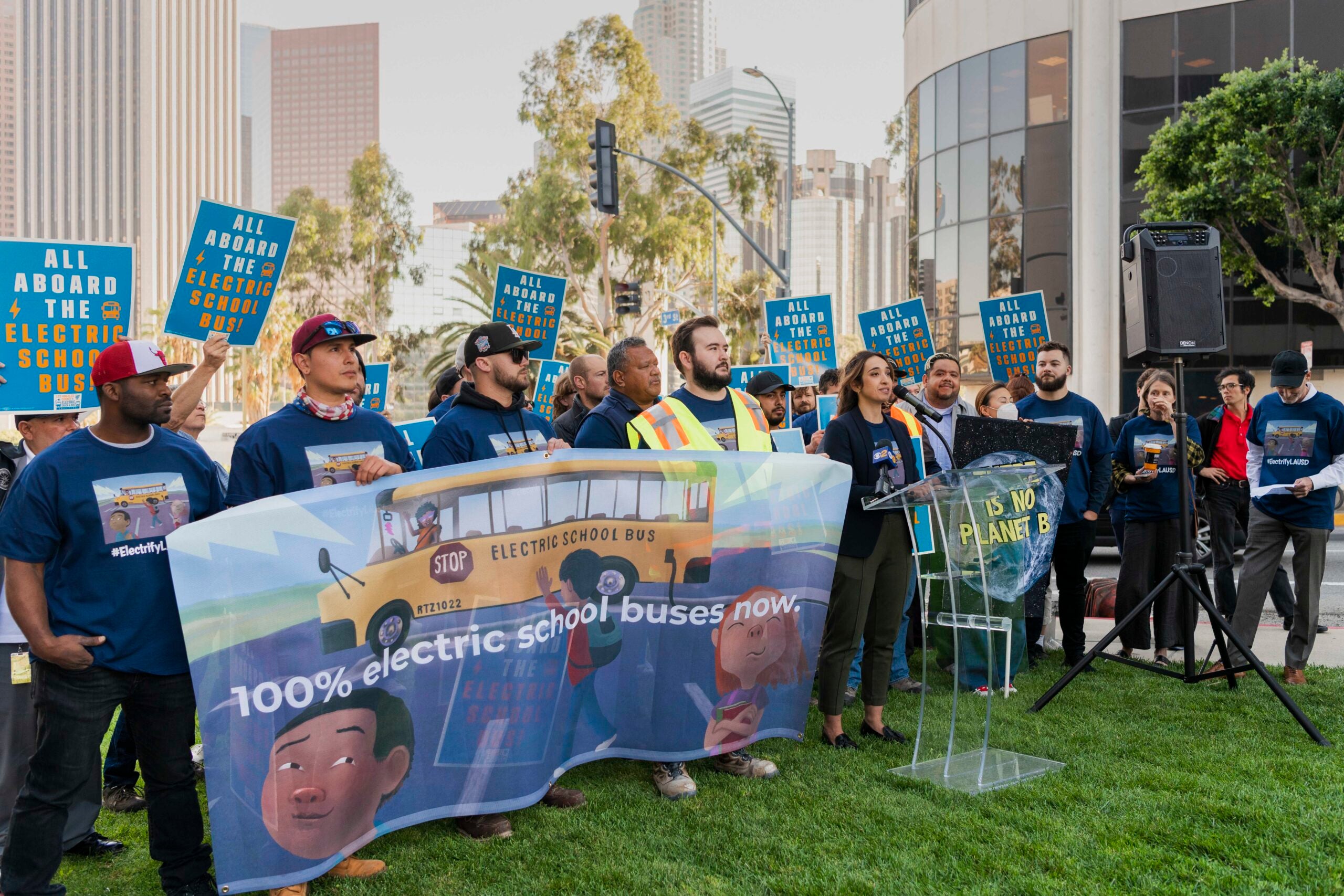
A coalition rallies for electric school buses outside the Los Angeles Unified School District headquarters. (Hannah Benet for Earthjustice)
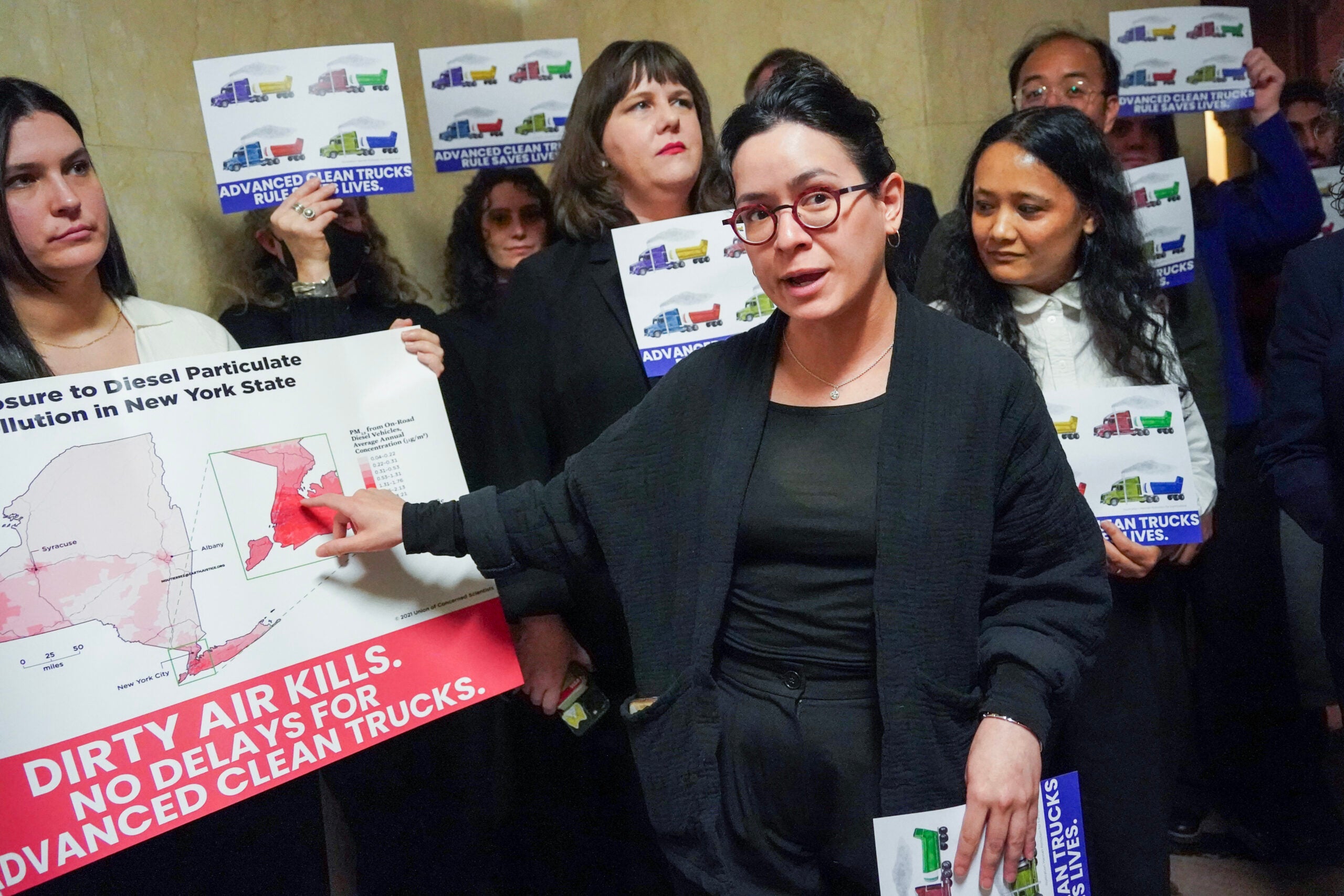
Assemblymember Claire Valdez speaks at the New York State Capitol at a rally to protect New York’s clean trucks standard. (Cindy Schultz for Earthjustice)
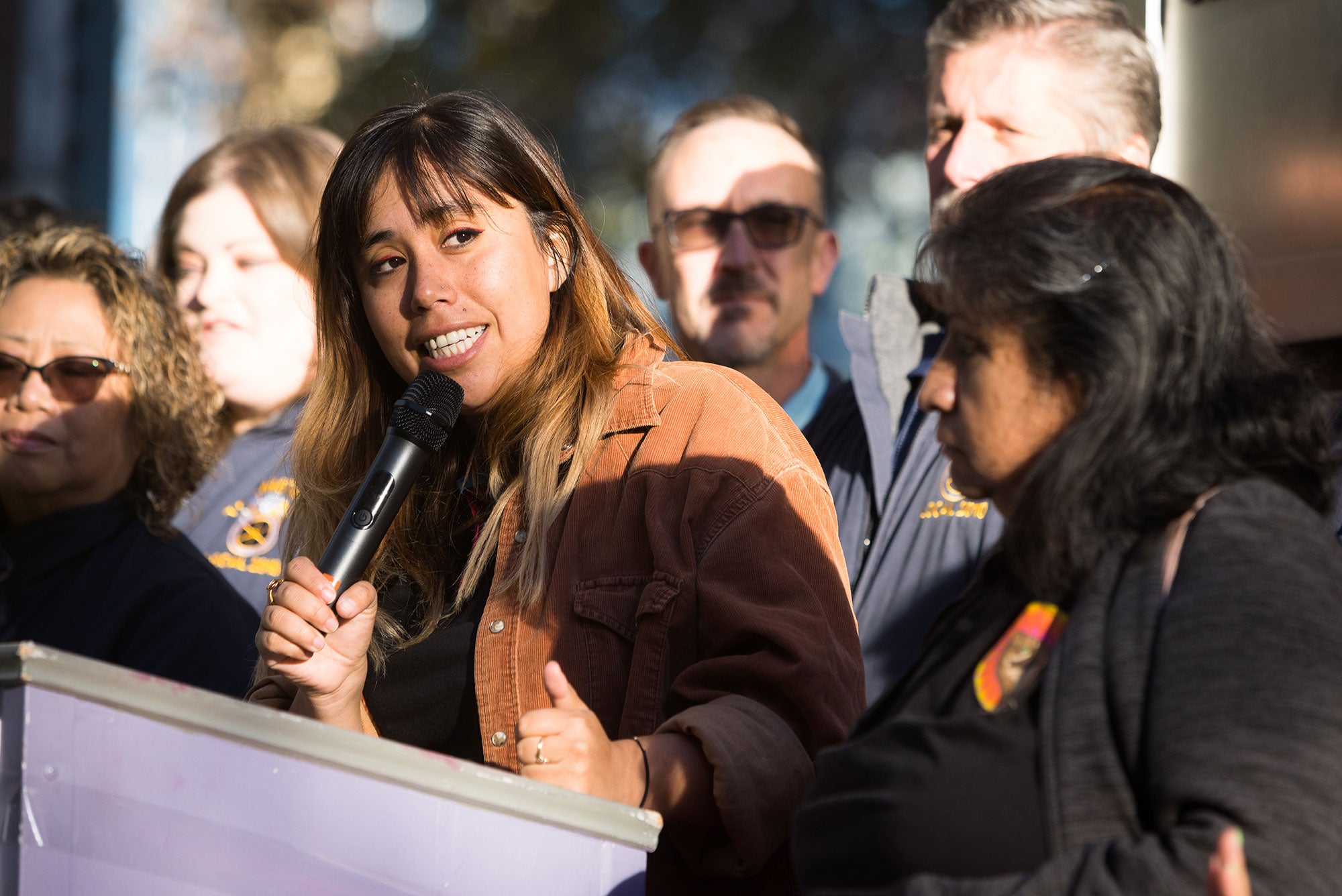
Andrea Vidaurre of the People’s Collective for Environmental Justice speaks at a rally before a California hearing on a clean trucks rule. (Chris Jordan-Bloch / Earthjustice)
We need our representatives to understand they are the guardrails for our health, and they need to take that role seriously. The temporary loss of the waivers does not relieve them of their legal and moral obligations to protect public health and control pollution. Let’s use today’s setback to demand even more. Let’s go.
The California Regional Office fights for the rights of all to a healthy environment regardless of where in the state they live; we fight to protect the magnificent natural spaces and wildlife found in California; and we fight to transition California to a zero-emissions future where cars, trucks, buildings, and power plants run on clean energy, not fossil fuels.
